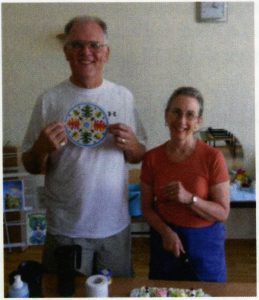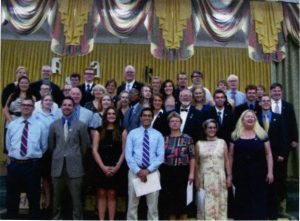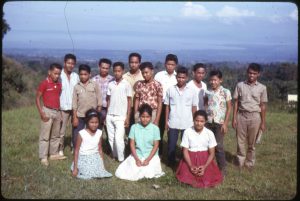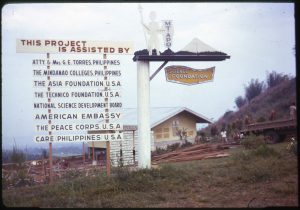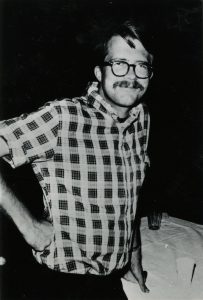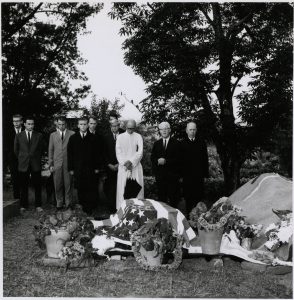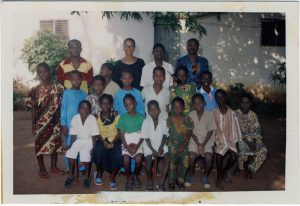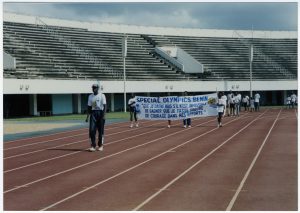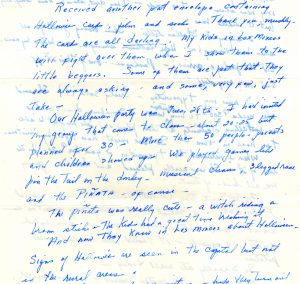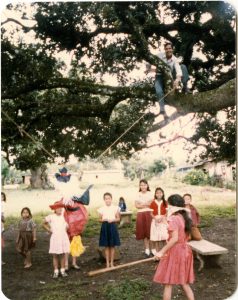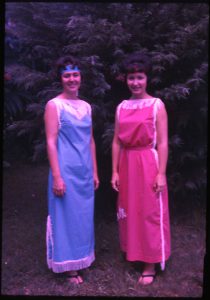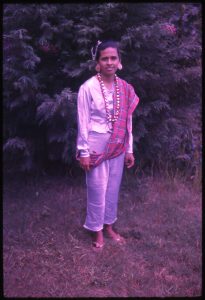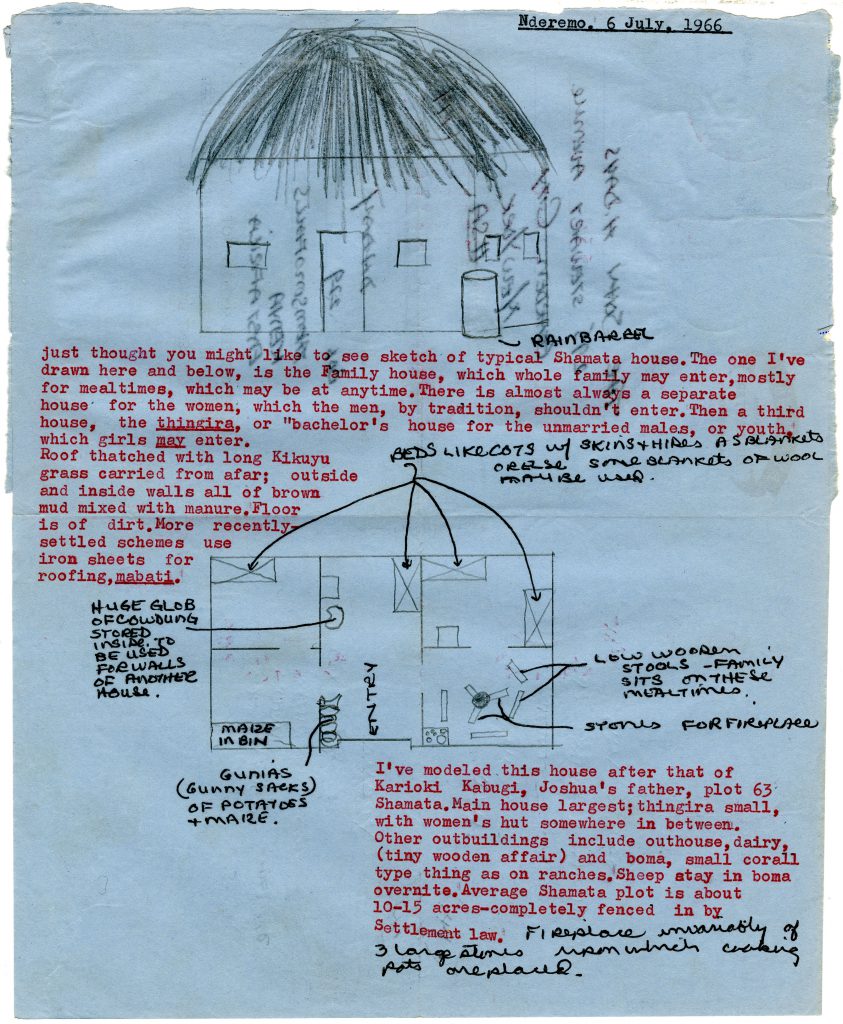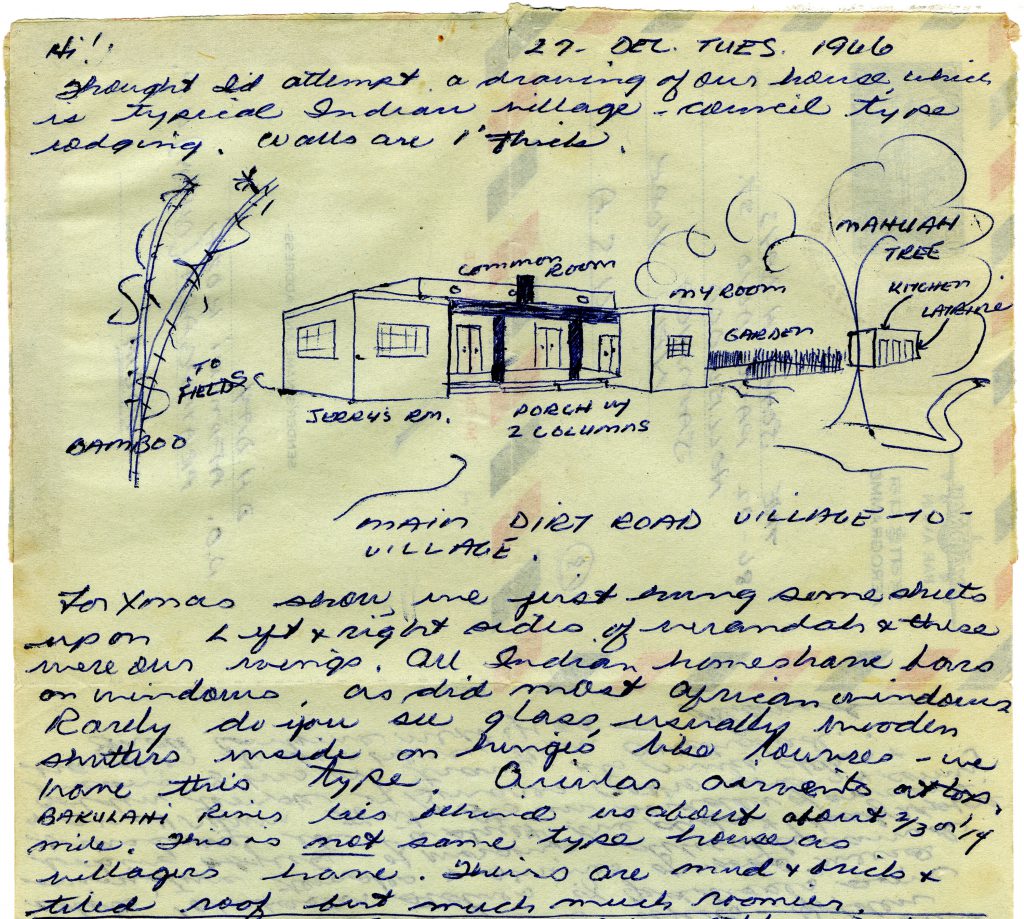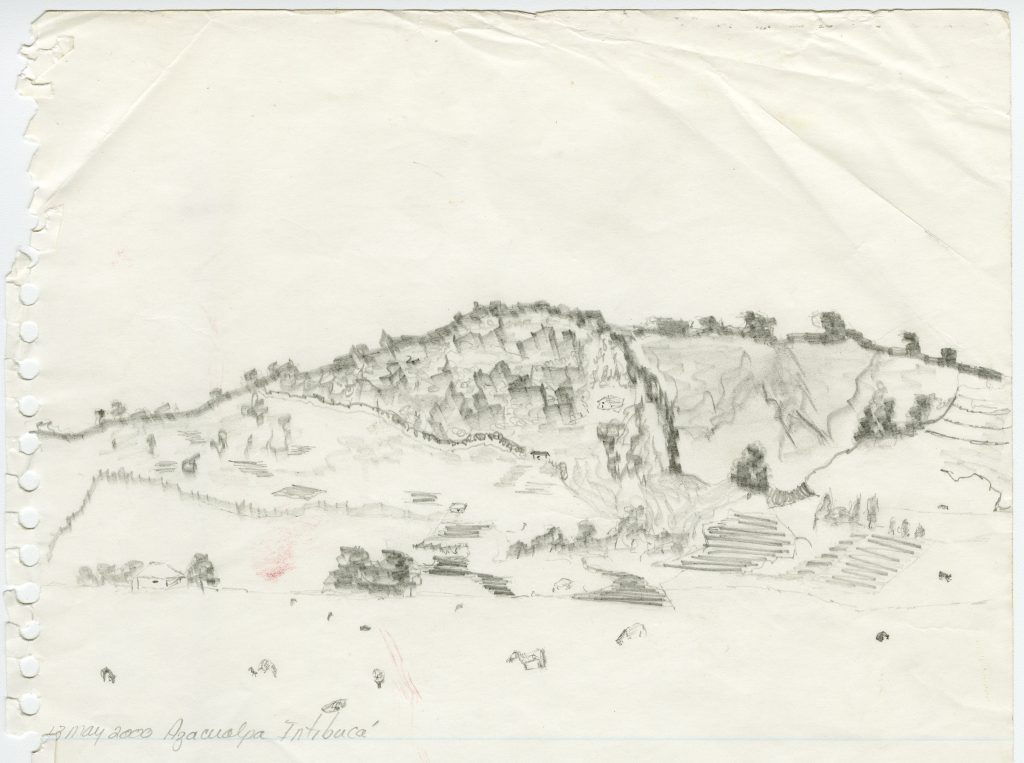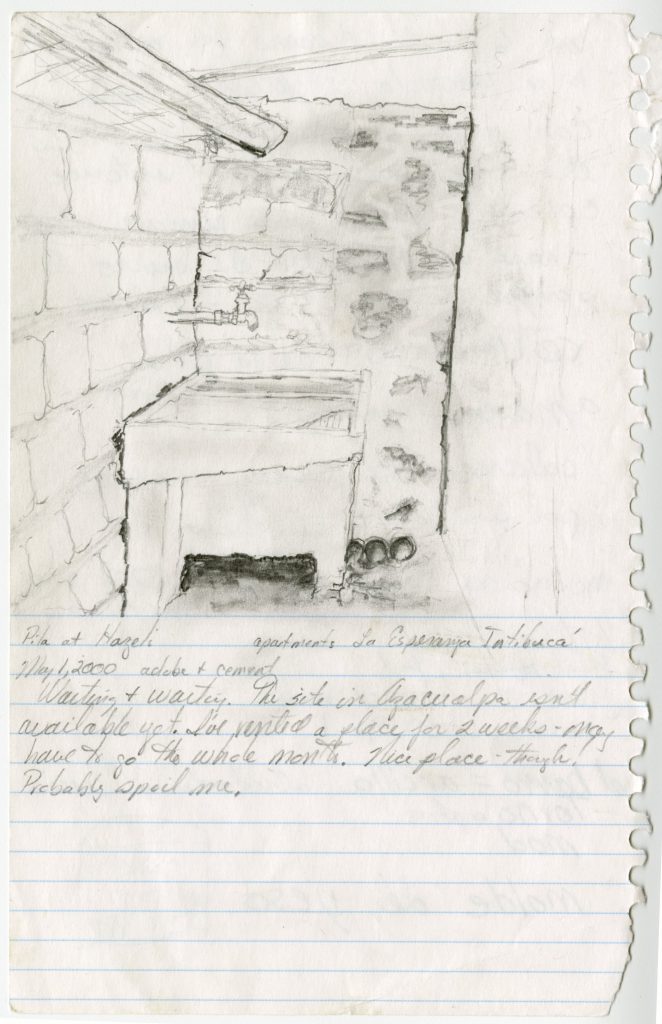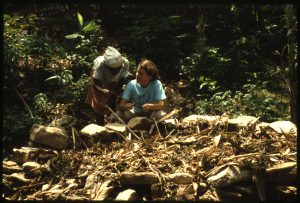When browsing the collections of the Peace Corps Community Archive it is difficult to miss material that demonstrates excitement, fatigue, curiosity, or frustration surrounding issues of adjustment to life in a foreign country.
Often, volunteers expressed these sentiments through letters, diary entries, and artwork. In some cases, notation of adjustment can even be found in the official Peace Corps paperwork.
In this post, we’ll explore the materials of three new collections to illustrate how volunteers adapted: Gage Skinner (Chile, 1964 – 1966), Susan Shepler (Sierra Leone, 1987 – 1989), and Bobbe Seibert (Honduras, 2000).
Gage Skinner, an anthropologist by training, joined the Peace Corps in 1964. As one of the first groups of Peace Corps volunteers, Skinner used his time in Chile to teach Mapuche Indians the practice of beekeeping. But he was unaccustomed to the long hours spent traveling by foot around rural Chile, so Skinner inquired about horses for sale in nearby towns.

Sunday, February 14, 1964, Skinner wrote about walking four hours “back into the hills” to see a horse “offered for sale.” PCCA.
Skinner purchased a horse in late April 1964. To document the event, he glued this picture drawn by his little brother Greg into his journal.

This drawing by Greg of Skinner’s horse appears in Skinner’s personal journal. PCCA.
In an earlier entry, dated January 13th, 1964, Skinner journals about how difficult it could be for volunteers to acclimate to their housing. As seen on the page below, he bemoans the uncomfortable living conditions in his first home in Chile:
“There are chickens and cats in the kitchen. They are flea-ridden. They defecate on the floors. There are flies in the kitchen.”

Wednesday, January 13th, 1964, Skinner described his housing situation in rural Chile. PCCA.
Susan Shepler, who taught mathematics in Sierra Leone in the late 1980s, offers little in her notes about discomfort. In fact, a survey she filled out in the April 1989 issue of Di News De, a local newsletter produced by the Peace Corps in Sierra Leone, reveals Shepler’s openness to the new cuisine and customs.

This is the second page of a “Volunteer Survey” filled in by Susan Shepler from the April 1989 issue of Di News De. PCCA.
In this same issue of Di News De, however, researchers will encounter comics, short stories, and other creative expressions that indicate some of the challenges many volunteers faced. Two examples include a bus ride gone awry and a recipe to recreate familiar food.

April 1989 issue of Di News De. Susan Shepler collection. PCCA.

April 1989 issue of Di News De. Susan Shepler collection. PCCA.
Unlike Shepler, Bobbe Seibert described distaste for some local foods and created her own recipes abroad. Seibert, who joined the Peace Corps later in her adult life, detailed her cooking practices in a letter to her father and stepmother, Jean.
On October 17, 2000, Seibert wrote to her parents to explain how she used corn to make a “wonderfully hot, smooth, and comforting” cream soup because she was “not particularly fond of” the homemade tortillas.

Letter from Seibert to her father and stepmother on October 17, 2000. PCCA.
In the same letter, Seibert enclosed a photograph of her house. On the back of the image she cautions her parents about visiting, noting “Honduras is not a comfortable country.”
 –
–
Photograph from a letter to Seibert’s father and stepmother dated October 17, 2000. PCCA.
Seibert served on an agricultural team in Honduras in 2000 until a family emergency brought her back home to Alaska. Yet, her time as a volunteer is well chronicled in her journals, artwork, and correspondence.
In a letter to her husband John, for example, Seibert expresses excitement regarding her new host family and housing:
“My family is perfect.”
“Dona Marlen is a housekeer – not a maid, and they have two wonderful kids, Marleny – she’s eight years old and we go everywhere together and Edward who is two years old and mostly just smiles all the time.”
“The roof is corrugated but of very good quality it sounds wonderful when it rains as it did last night – quite hard.”

This letter from Seibert to John on February 6, 2000, offers a positive reaction to a new housing arrangement. PCCA.
Celebrating or overcoming adjustments is part of the Peace Corps volunteer experience. By carefully studying the collections in the Peace Corps Community Archive, researchers can build an enriched understanding of a volunteer’s daily life, including the joys and struggles associated with adjusting to a new world.
For more information, please visit the Peace Corps Community Archive website. To use the collections or make a donation, please contact the AU Archives at archives [at] american.edu

